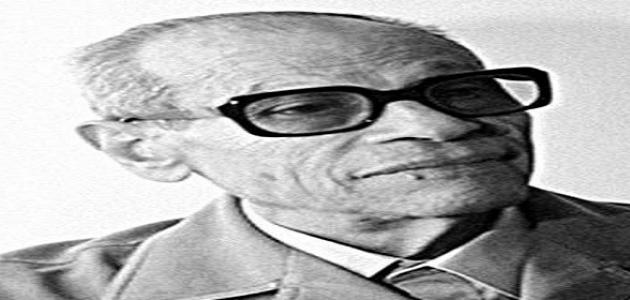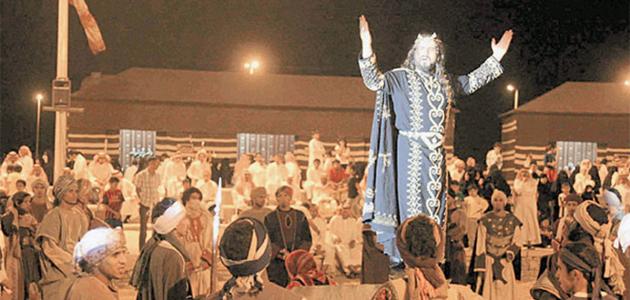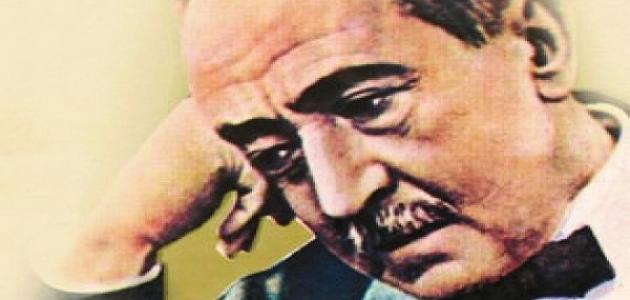The novel of the children of our neighborhood
The novel “The Children of Our Neighborhood” is one of the novels of Naguib Mahfouz, who won the Nobel Prize for Literature in 1988 AD. It has sparked widespread controversy since its publication in the pages of Al-Ahram newspaper. It was also published for the first time in a book on the House of Arts in Beirut in 1962 AD, noting that it was only published in Egypt. In late 2006, for Dar Al-Shorouk.
The Children of Our Neighborhood by Naguib Mahfouz
The novel “The Children of Our Neighborhood” is considered one of the first novels by Naguib Mahfouz after the July Revolution when he finished writing the trilogy in 1952 AD, because he saw the change he was seeking through his writings had been achieved, so he decided to stop writing, so he worked as a screenwriter, so he wrote many texts To the cinema, and after a five-year hiatus, he decided to return to writing novels after the revolution deviated from its course, so he wrote the novel The Children of Our Neighborhood, in which he adopted a symbolic method that differs from his realistic style, bearing in mind that this novel deals with social issues, although it is inspired by the stories of the prophets, but its goal Not to narrate their lives in a fictional form, but rather to portray the values that the prophets sought to achieve, such as truth, justice, and happiness, in addition to that they directed implicit criticism of many of the practices of the revolution, with the aim of reminding its leaders of the main purpose of the revolution.
The novel dealt with the divine being and the controversy around it
The novel spoke boldly about the divine being, and mentioned the divine injustice that befell many people, especially the weak, which disrupted some of the attributes of divinity such as justice, which led to a major crisis since its publication in the pages of Al-Ahram newspaper, so the sheikhs of Al-Azhar attacked it, and demanded that it stop publishing, However, the editor-in-chief of Al-Ahram, Muhammad Hassanein, refused this, supported Naguib Mahfouz, and completed the publication of the entire novel, and it was not published in a book, except after the approval of Al-Azhar. He entered the Egyptian market in a smuggled way, and it must be noted that he was declared a heretic and atheist.
Read also:Analysis of the poem processionsAttempts to publish the novel
The novel was re-published by the Cairo-based Al-Masa’a newspaper after winning the Nobel Prize, but Naguib Mahfouz objected after publishing the first episode of it, so the publication was stopped, and an attempt was made to republish it again after an attempt on his life in 1994 AD, due to sympathy with him, and a challenge to the fundamentalist current. Many newspapers competed to publish it, including Akhbar Abiyum newspaper, Al-Masa’ newspaper, and Al-Ahali newspaper, but he objected to that, and demanded that it not be published except after obtaining the approval of Al-Azhar, but it was published in full days after the accident in Al-Ahali newspaper on Sunday 30 October 1994 AD, a book was issued stating the necessity of not publishing it in order to protect copyright, then the controversy over its publication was renewed at the end of 2005 AD, so Dar Al-Hilal Foundation announced its publication in the series of Al-Hilal Monthly Novels, and the newspapers published its cover despite the disapproval of Naguib Mahfouz on the pretext that Creativity becomes the property of the people with the passage of time, not the property of its owner. However, the issue of intellectual property rights obtained by Dar Al-Shorouk prevented that, and it announced in the beginning of 2006 AD its intention to publish the novel as an introduction to the Islamic writer Ahmed Kamal Abu Al-Majd, so he called it “Sh Hadah”, and it was previously published in Al-Ahram newspaper on December 29, 1994 AD, so many newspapers published the text of this testimony, and the novel was published in Egypt at the end of 2006 AD.
Read also:How to write a balanced poem








